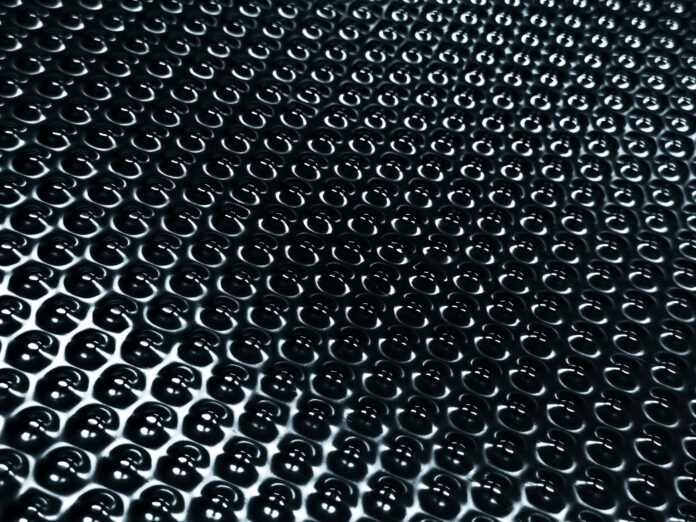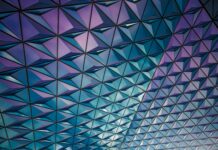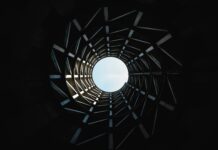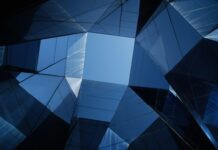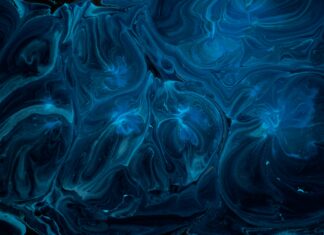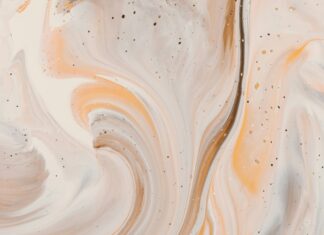Neural Network Art: Exploring Creativity through Machine Intelligence
In recent years, the boundaries between technology and art have been blurring, giving rise to a fascinating and innovative field known as Neural Network Art. This emerging genre of artistic expression leverages the capabilities of artificial neural networks, a type of machine learning model inspired by the human brain’s intricate web of interconnected neurons. Through the marriage of advanced algorithms and artistic imagination, neural network art challenges traditional notions of creativity and pushes the boundaries of what is achievable in the realm of visual aesthetics.
Neural network art is born from the convergence of machine learning and artistic endeavors. At its core, this creative practice involves training artificial neural networks on vast datasets of visual content, enabling them to learn patterns, styles, and structures that define various artistic genres. Once trained, these networks can generate original artworks or manipulate existing ones based on the acquired knowledge. This process introduces a captivating interplay between the artistic intent of human creators and the computational ingenuity of the algorithms.
The advent of neural network art can be attributed to the breakthroughs in generative adversarial networks (GANs) and convolutional neural networks (CNNs). GANs, introduced by Ian Goodfellow and his colleagues in 2014, consist of two neural networks—the generator and the discriminator—engaged in a creative duel. The generator produces images, while the discriminator evaluates them for authenticity. This dynamic fosters a competitive learning process that results in the generation of increasingly convincing and original artworks. On the other hand, CNNs excel in extracting intricate features from images, making them a crucial tool for style transfer, where the style of one image is applied to another.
Neural network art has demonstrated an exceptional ability to emulate the styles of renowned artists, leading to the creation of artworks that seamlessly blend the essence of different periods and artistic movements. Artists and technologists alike are drawn to this fusion of human creativity and machine intelligence, often collaborating to push the boundaries of imagination. The artwork generated through neural networks raises profound questions about authorship, the nature of creativity, and the role of technology in shaping cultural production.
As this artistic movement gains momentum, it raises important dialogues about the ethical and philosophical dimensions of creative work. The concept of originality takes on a new dimension when machines are co-creators, prompting discussions about copyright, ownership, and the economic value of AI-generated art. Moreover, neural network art underscores the potential for machines to not only replicate artistic styles but also to introduce novel and unconventional aesthetics that challenge human artistic sensibilities.
In conclusion, neural network art stands as a testament to the ever-evolving relationship between technology and creativity. It merges the analytical prowess of artificial intelligence with the boundless imagination of human artists, offering a glimpse into a future where collaboration between humans and machines gives rise to new forms of artistic expression. As the field continues to evolve, it beckons us to contemplate the very essence of creativity and the ways in which technology is reshaping the artistic landscape.
Style Transfer and Fusion:
Neural network art allows for the transfer and fusion of artistic styles across different images. By using convolutional neural networks (CNNs), artists can apply the visual characteristics of one artwork to another, resulting in unique creations that merge the essence of both styles.
Generative Adversarial Networks (GANs):
GANs play a pivotal role in neural network art by pitting two neural networks against each other in a creative competition. The generator network produces images, while the discriminator network evaluates their authenticity. This interplay leads to the creation of increasingly authentic and original artworks.
Artistic Exploration and Remixing:
Artists and creators can use neural networks to explore new artistic directions by manipulating and remixing existing artworks. Neural networks provide a platform for experimenting with different visual elements and pushing the boundaries of traditional artistic concepts.
Blurring Authorship and Creativity:
Neural network art challenges traditional notions of authorship and creativity. With algorithms contributing to the creative process, questions arise about the role of humans and machines in art creation, raising discussions about ownership, attribution, and the nature of originality.
Ethical and Philosophical Considerations:
The rise of neural network art brings forth ethical and philosophical discussions about the implications of AI-generated creativity. Conversations revolve around copyright issues, economic value, and the broader impact of technology on artistic expression, inviting us to reflect on the evolving relationship between human and machine creativity.
Neural Network Art: A Fusion of Ingenuity and Imagination
In the dynamic intersection of artificial intelligence and artistic creation, a captivating genre has emerged, pushing the boundaries of what we consider as human creativity. Neural Network Art, a product of our technological age, introduces a paradigm shift in the way art is conceptualized, produced, and appreciated. This innovative approach weaves together the intricate threads of machine intelligence and human ingenuity, producing a tapestry of visual expressions that challenge traditional norms and evoke profound contemplation.
At the heart of Neural Network Art lies the concept of computational creativity—a notion that stretches the limits of artistic expression beyond the confines of the human mind. This genre encapsulates the idea that algorithms, when equipped with vast amounts of visual data, can generate artworks that resonate with human emotions and sensibilities. This fusion of machine-generated artistry with human emotions challenges preconceived notions about the exclusivity of human creativity and begs the question: Can a machine truly evoke the same feelings in an audience as a piece crafted by human hands?
Neural Network Art extends an invitation to explore the synergy between artists and algorithms. This collaboration marries the distinct realms of aesthetics and mathematics, ushering in an era where artistic intent is channeled through lines of code. Artists become conductors of creativity, tuning the parameters and guiding the algorithms to produce visual symphonies that they might not have envisioned independently. As the boundaries blur between artist and algorithm, the creative process takes on an unpredictable, serendipitous nature, resulting in outcomes that surprise even the creators themselves.
With the advent of Neural Network Art, the canvas becomes an ever-evolving entity. The static nature of traditional art forms gives way to the dynamic and malleable nature of algorithms. These algorithms, honed through countless iterations and learning cycles, become co-creators, offering fresh perspectives and reshaping the concept of originality. This fluidity challenges our understanding of art as a fixed entity, encouraging us to view it as an evolving conversation between human and machine, a dialogue that transcends temporal and spatial constraints.
Yet, in this brave new world of neural brushstrokes and algorithmic compositions, questions arise. Can a machine truly comprehend the intricate emotions that inspire a brushstroke or the stories that guide a color choice? Does the absence of conscious intent diminish the authenticity of an artwork? Neural Network Art reflects our unease and fascination with these inquiries, casting a spotlight on the enigmatic relationship between creativity and consciousness.
As Neural Network Art finds its place in galleries and virtual spaces, it beckons viewers to decipher its cryptic language. Each stroke of code encapsulates layers of learning, countless iterations, and an exploration of the vast spectrum of human artistic expression. The art connoisseur is now both an admirer and a detective, deciphering the subtle nuances embedded in the interplay between human-guided intent and machine-generated forms.
Critics argue that Neural Network Art threatens to erode the uniqueness of the artistic craft—a craft that has evolved over centuries, rooted in the human experiences and cultural narratives that shaped it. They contend that the magic of an artist’s creation lies not only in the end product but also in the journey of mastery and self-discovery. The machine, they fear, lacks this journey, reducing art to a series of mathematical operations devoid of genuine sentiment.
In response, proponents of Neural Network Art emphasize its potential as a catalyst for innovation. It serves as a departure point for exploring uncharted territories of visual representation. The algorithms do not merely replicate existing styles; they synthesize and remix, creating amalgams of artistic movements that inspire fresh perspectives. Neural Network Art becomes a mirror reflecting our own evolution—a testament to our ability to create tools that augment and challenge our creative endeavors.
In the grand tapestry of human history, Neural Network Art emerges as a chapter that blurs lines and transcends conventions. It invites us to ponder the nature of creation, the essence of inspiration, and the ever-evolving relationship between human imagination and machine intelligence. As we navigate this uncharted terrain, we find ourselves not only as witnesses but also as active participants in a dialogue that reshapes art as we know it—a dialogue between the brush and the algorithm, the artist and the code, the creator and the created.



